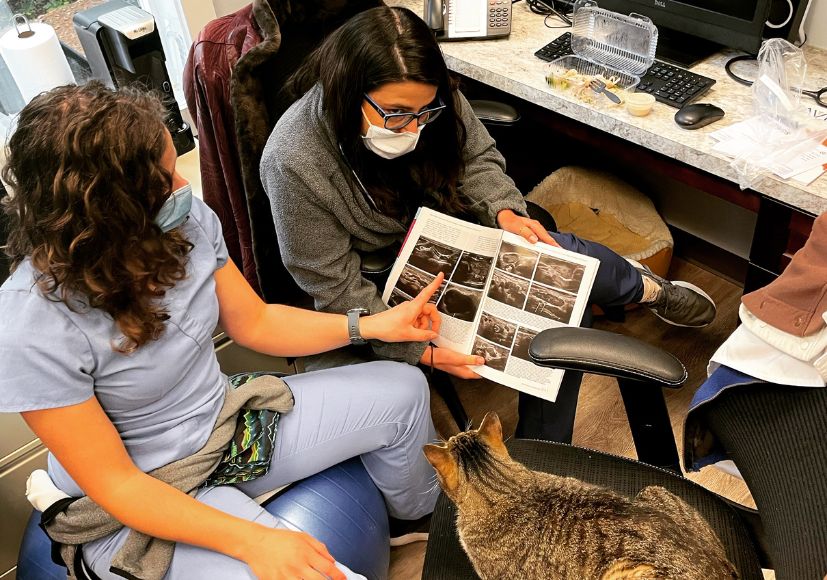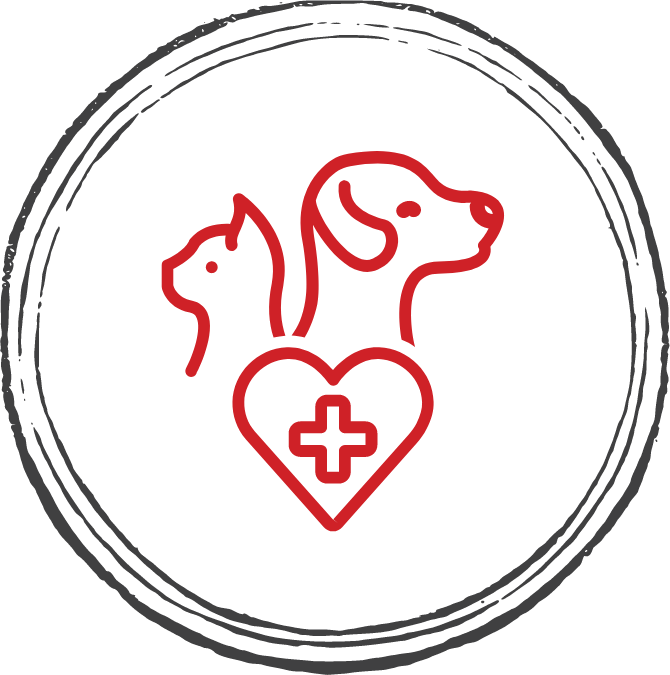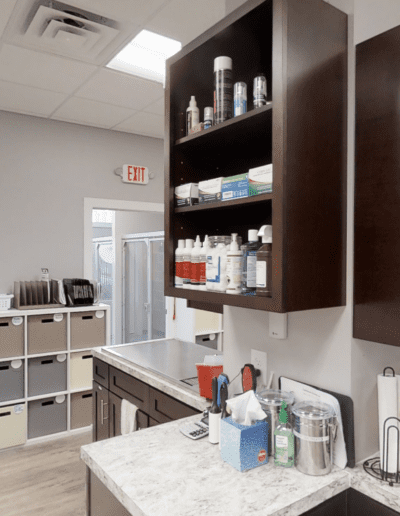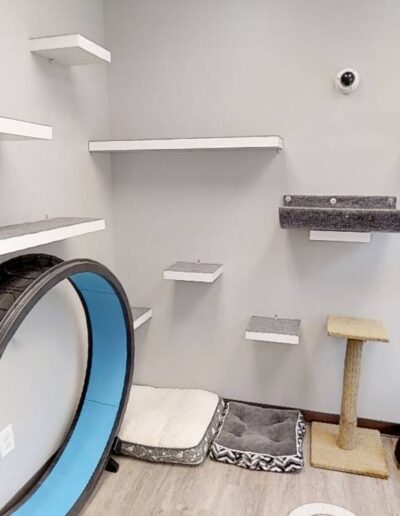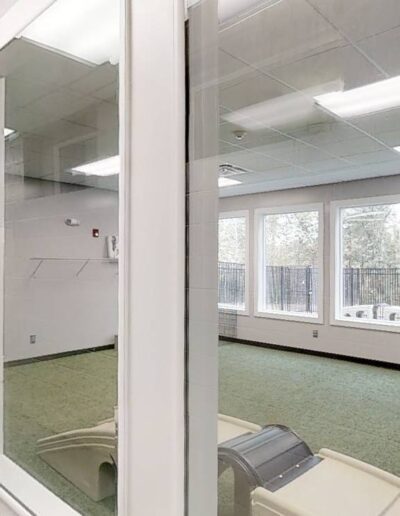
Expert Veterinary Care in West Cobb


About Kennesaw Mountain Animal Hospital

We’re known for our friendly, compassionate staff and our doctors’ personable bedside manner. You and your pet will feel at ease throughout your visit. This personable and caring environment begins a dialog where pet parents feel comfortable asking questions. Most importantly, our doctors will listen to your concerns. You can expect a doctor/client/pet relationship like no other you’ve ever experienced in veterinary pet care. We say, “We treat you like family… and your pets as our own.

Thank You For All Your Kind Words

Excellent vet services. Great staff, quick appointments. I have seen 3 vets here and loved each one. The techs are excellent. My favorite thing is that they listen to what you are telling them and then offer solutions to meet your digs health needs
Awesome vet practice. A little out of my way, but I love all the staff here. They take great care of my pet family

Meet Our Veterinary Team

Our veterinarians are dedicated to collaborating with you as a partner in your pet’s medical care because they understand the special place your pet holds in your family. We care for your pet as if it were our own. Kennesaw Mountain Animal Hospital places a strong emphasis on educating its patients.

West Cobb’s Best Veterinary Facility


